Female pilots have been around since the beginning of the twentieth century and have been pioneers in many ways. From Raymonde de Laroche, Hélène Dutrieu, Amelia Earhart, and Amy Johnson to the present-day female pilots, women have left a significant mark in the history of aviation but not without difficulties.
Table of Contents
Notable Female Pilots
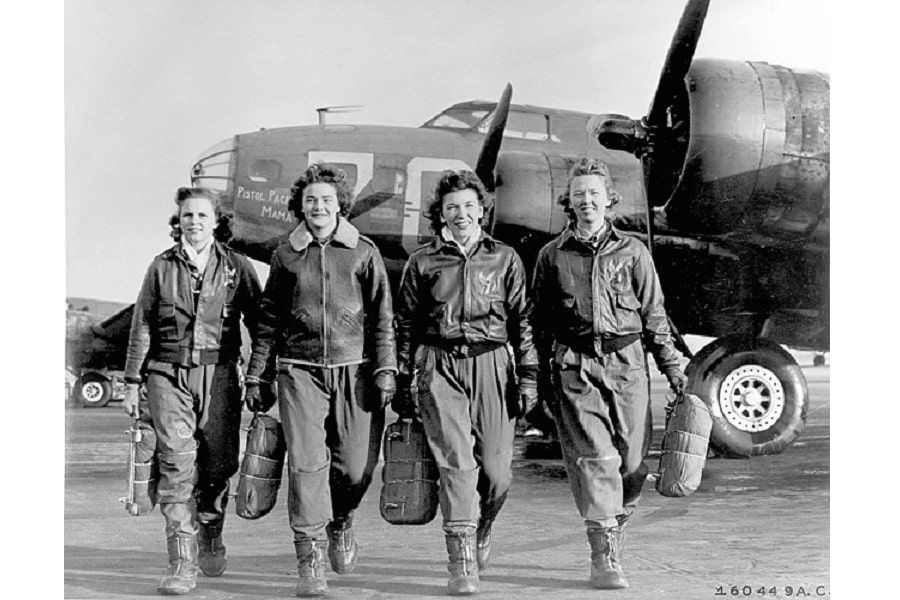
There have been many famous and groundbreaking women pilots over the years. They have managed to achieve unimaginable heights in a field that is not entirely friendly to those of their gender. Here are only a few examples of these admirable women.
Raymonde de Laroche
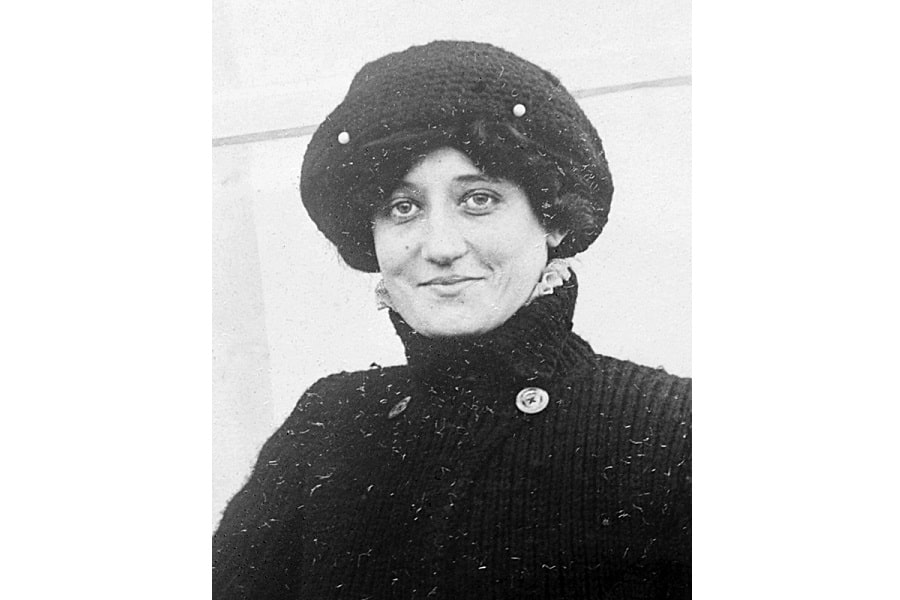
Raymonde de Laroche, born in France in 1882, made history when she became the first female pilot in the world to get her license. The daughter of a plumber, she had had a passion for sports, motorcycles, and automobiles from quite a young age.
Her friend, airplane builder Charles Voisin, suggested that she learn how to fly and taught her himself in 1909. She was friends with several aviators and very interested in the Wright Brothers’ experiments even before she became a pilot herself.
In 1910, she crashed her plane and had to go through a long recovery process but went on to win the Femina Cup in 1913. She also set two altitude records. However, she lost her life in a plane crash in July 1919.
Hélène Dutrieu
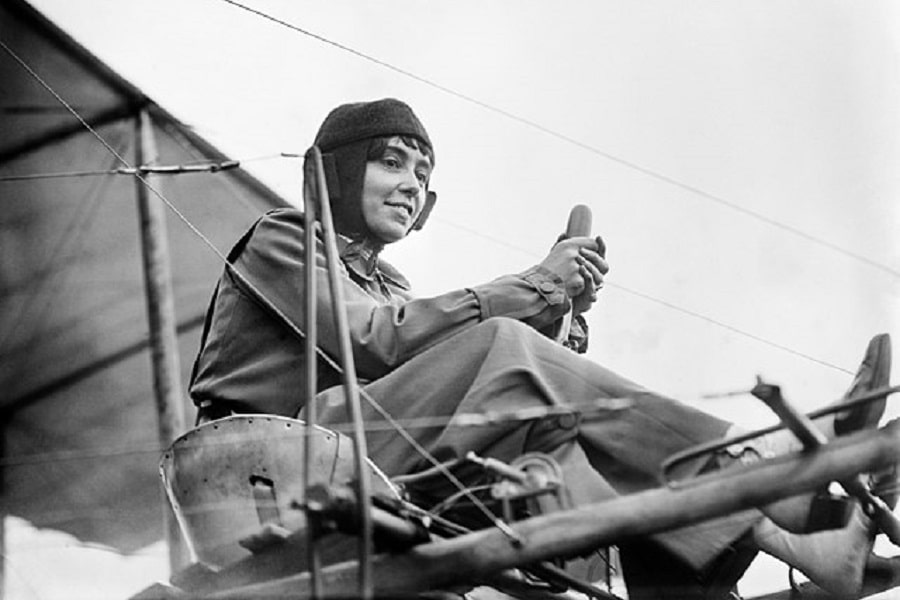
Hélène Dutrieu was one of the very first women to get her pilot’s license. Originally from Belgium, she moved to northern France during her childhood and left school to earn her living at 14. She was known as the ‘girl hawk’ of aviation. Dutrieu was extremely skilled and daring and began to set altitude and distance records even before officially getting her license.
She visited America in 1911 and attended some aviation meetings. She also won cups in France and Italy, the latter by outflying all the men in the competition. She was awarded the Legion of Honor by the French government for all her accomplishments.
Hélène Dutrieu was not just an aviator but also a cycling world champion, automobile racer, stunt motorcyclist, and stunt driver. During the war years, she became an ambulance driver and the director of a military hospital. She even tried a career in acting and performed on stage several times.
Amelia Earhart
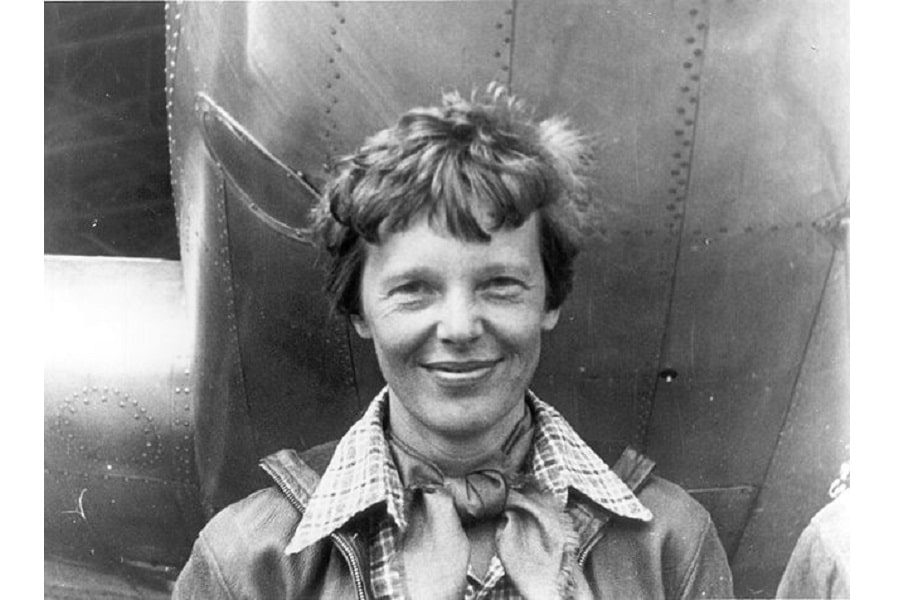
One of the most well-known names when it comes to women pilots, Amelia Earhart set several records. Her accomplishments include being the second person and first woman to fly a transatlantic solo flight and a solo flight across America. She began setting records even before she got her license – an altitude record for women.
She was an extremely independent person since childhood and had a scrapbook of accomplished women. She took an auto repair course and attended college, which was quite a big deal for a woman born in the 1890s. She took her first flight in 1920 and supposedly remarked that she knew she had to learn flying from the moment they took to the air. She was also very concerned about women’s issues and supported women becoming entrepreneurs.
Unfortunately, she disappeared in the Pacific Ocean in June 1937. After a massive search by sea and air, she was declared lost at sea and was presumed dead. No remains were ever found.
Bessie Coleman
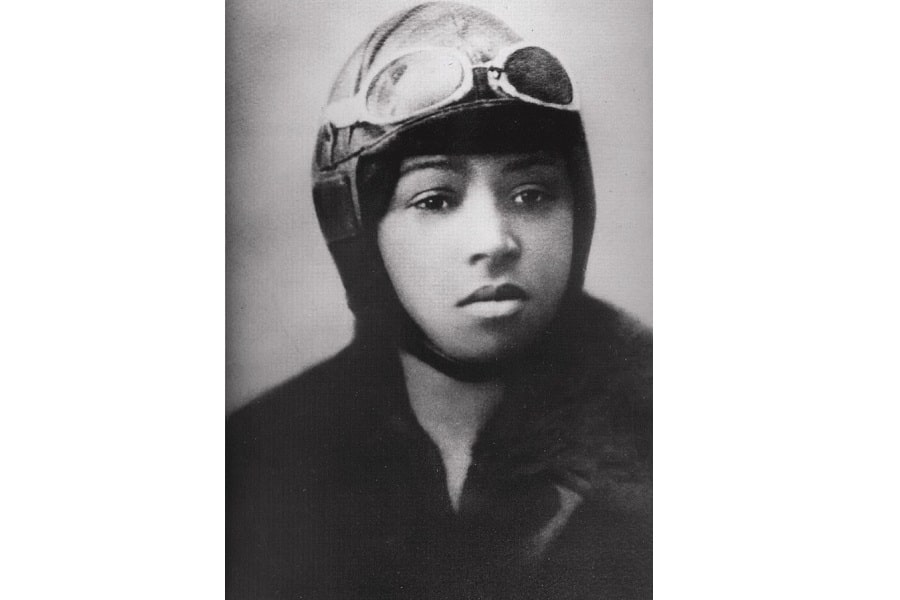
Bessie Coleman was the first black woman to get a license and become a pilot. Born in Texas in 1892, she was the daughter of an African American woman and a Native American man, although Coleman gave more precedence to her identity as a black woman. She fought to become a pilot to fulfill her mother’s wish that her children “amount to something.”
Coleman went to France, to the famous flight school Caudron Brothers School of Aviation. She earned the license to fly in June 1921 and returned home. All of this was supposedly in response to her World War I veteran brother’s taunts that French women were allowed to fly. In those days, America didn’t allow black men licenses, let alone black women.
Back in America, Coleman performed a multi-city tour and had flying exhibitions. She received a lot of support from local black audiences, giving her room and meals while she stayed. A truly awe-inspiring figure, Coleman is said to have remarked, “Did you know you’ve never lived until you have flown?”
Jaqueline Cochran
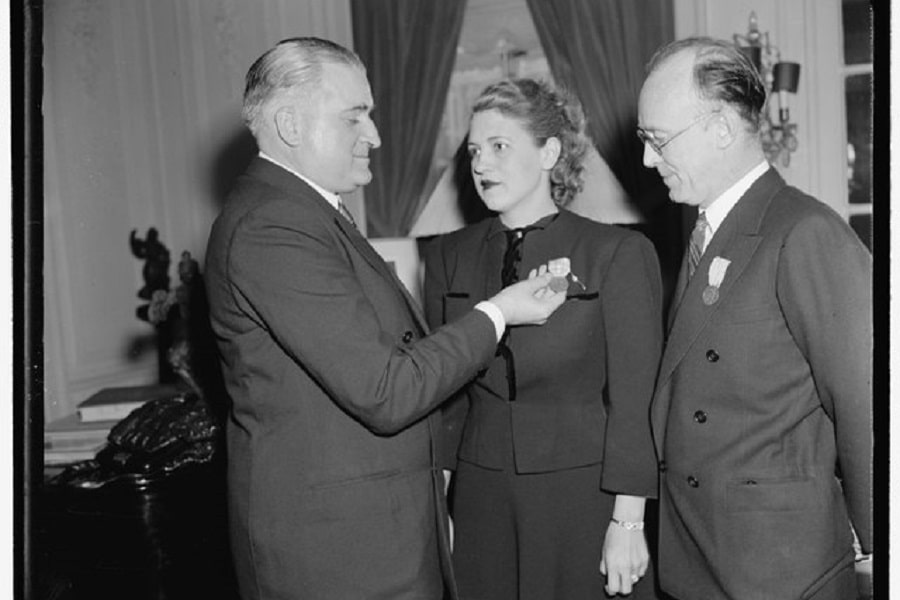
Jaqueline Cochran was the first female pilot to fly faster than the speed of sound in 1953. She was the record holder for several distance, speed, and altitude records before her death in 1980.
Cochran was also a leader in the aviation community. She was responsible for setting up and leading wartime forces for female pilots during the Second World War. She also received several awards and decorations for her leadership of the WASP.
Cochran worked in various fields, from hairdressing to nursing, throughout her life. She learned how to fly in 1932 at the suggestion of her future husband. She only received three weeks of lessons before obtaining her license. She was also greatly interested in space and supportive of women in space programs.
Amy Johnson
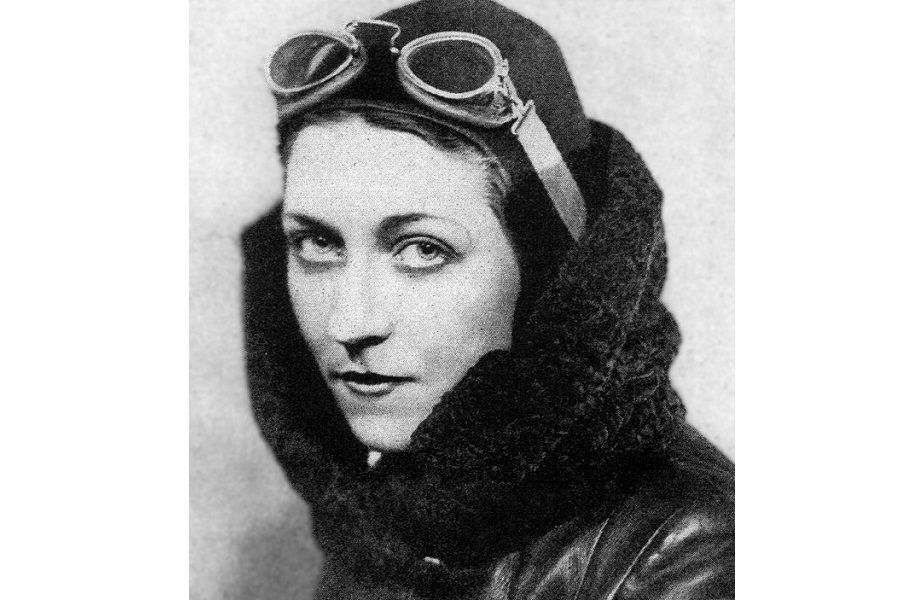
British-born Amy Johnson became the first female aviator to fly solo from England to Australia. She had very little flying experience at the time, having received her license only a year prior. She also had an aircraft ground engineer’s license, impressively enough. Her aircraft was called Jason and she made the trip in a little over 19 days.
Johnson married a fellow aviator called James Mollison. She continued her cross-country flights from England to other countries and even broke Mollison’s record on her flight to South Africa. They flew across the Atlantic together but got into a crash once they reached America. They survived with minor injuries.
During World War II, Johnson ferried aircraft around England for the Air Transport Auxiliary (ATA). In January 1941, Johnson bailed out of her damaged aircraft and drowned in the River Thames. She was just as important to the English as Amelia Earhart was to the Americans.
Jean Batten
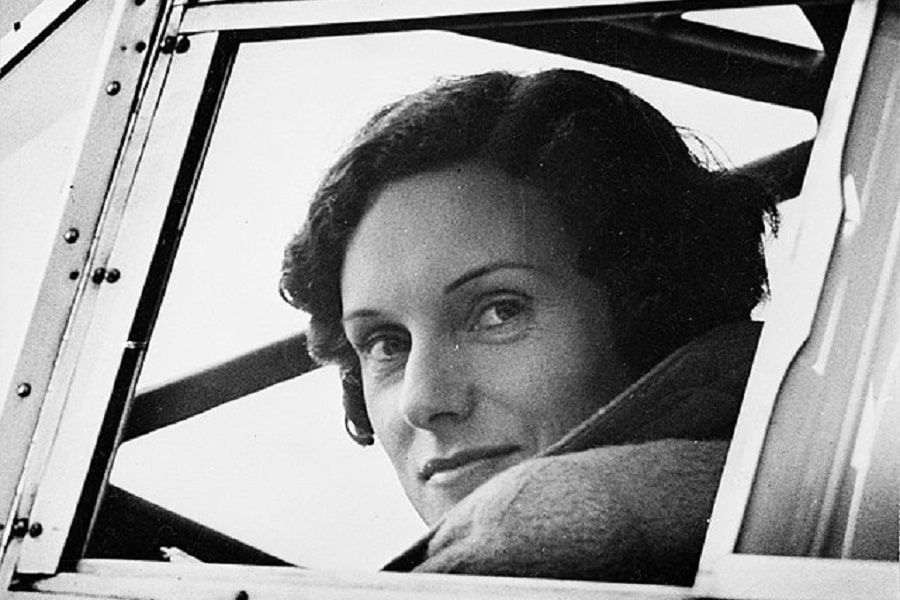
Jean Batten was an aviator from New Zealand. She completed the first solo flight from England to New Zealand in 1936. This was just one of many record-breaking and setting solo flights that Batten undertook around the world.
She was interested in aviation from a very young age. While Batten’s father disapproved of this passion, she won her mother Ellen over to her cause. Jean Batten convinced her mother to move to England with her so that she could take up flying. Alas, after several pioneering flights, her dreams came to an end with the outbreak of World War II.
Batten was unsuccessful in joining the ATA. Instead, she joined the short-lived Anglo-French Ambulance Corps and worked in a munitions factory for a time. Unable to get a job in flying after the war, Jean and Ellen began to lead a reclusive and nomadic life. They eventually settled in Majorca, Spain, and Jean Batten died there.
Women Pilots Throughout History
It may have been an uphill battle but women pilots have existed for decades and decades. Nowadays, we can find women flying commercially and for the military, women navigating space, women commanding helicopter mercy flights, doing the mechanical work behind the scenes, and becoming flight instructors. They can do everything that their male counterparts can do, even if they have had to fight harder for those positions.
Early Twentieth Century
When the Wright brothers first flew their airplane in 1903, the thought of a female pilot may have been absolutely shocking. In fact, what is a little-known fact is that Katharine Wright was greatly instrumental in helping her brothers develop their aviation technologies.
READ MORE: History of the Airplane
It was only in 1910 that Blanche Scott became the first American female pilot to fly a plane. Hilariously enough, she was taxing the plane (which is all she was allowed to do) when it mysteriously became airborne. A year later, Harriet Quimby became the first licensed female pilot in America. She flew across the English Channel in 1912. Bessie Coleman, in 1921, became the first African American woman to get a pilot’s license.
Before any of this, Hélène Dutrieu of Belgium and Raymonde de Laroche of France had both earned their pilot’s licenses and become pioneering pilots. The 1910s, even before the First World War broke out, were full of women all over the world getting their licenses and beginning to fly.

The World Wars
The First World War, unlike the Second one, did not have squads of women pilots. However, it was not completely unheard of either. In 1915, Frenchwoman Marie Marving became the first woman to fly in combat.
In the 1920s and 30s, air racing was a pursuit that many women undertook. The prize money also helped them, since flying is an expensive hobby. For many women, it was not a commercial endeavor but a recreational one. They were not often allowed to fly with passengers.
The National Women’s Air Derby in 1929 was the biggest of such meets and allowed these women to meet each other for the first time. Many of these women remained in touch and formed exclusive women’s flying clubs. By 1935, there were 700 to 800 female pilots. They also began to race against men.
World War II brought the entry of women into different aspects of aviation. They served as mechanics, ferry and test pilots, instructors, flight controllers, and in aircraft production. Warrior women like the Night Witches of the Soviet Army, Jaqueline’s Cochran’s Women’s Flying Training Detachment (WFTD), and Women Airforce Service Pilots (WASP) were all integral to the war effort. They may have been in the minority, as compared to their male counterparts or even the women involved on the ground, but their contributions were significant.
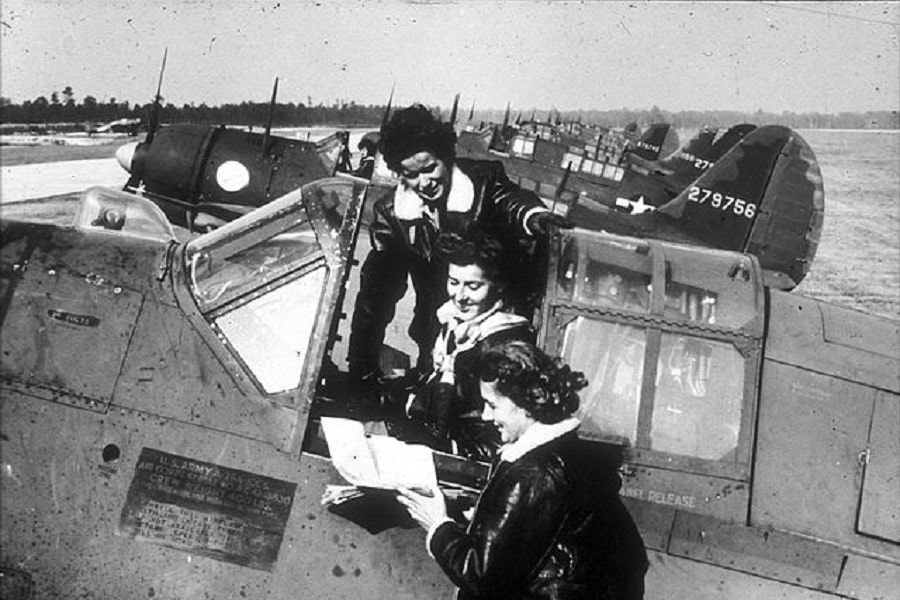
Groundbreaking Firsts
When we think of women in aviation, there are a lot of firsts to consider. Flying is an extremely young art and history is available at our fingertips. The women who earned these firsts were well ahead of their times and immensely courageous to boot.
For example, the famous Amelia Earhart was the first woman pilot to fly solo across the Atlantic Ocean. Winnifred Drinkwater from Scotland was the first woman in the world to get a commercial license and Marina Mikhailovna Raskova of Russia was the first to teach at a military flight academy.
In 1927, Marga von Etzdorf of Germany became the first female pilot to fly for a commercial airline. In 1934, Helen Richey became the first American female commercial pilot. She later resigned because she was not allowed into the all-men trade union and was not given enough flights.
These are just some of the historic firsts in the last century of aviation.

Trying To Get Women Into the Cockpit
There is a wide gap between the ratio of female to male pilots in the world today. The worldwide percentage of female pilots is just over 5 percent. At present, the country with the leading percentage of female pilots is India, at just over 12 percent. Ireland comes in second and South Africa in third place. However, many organizations are making an effort to get more women into the cockpit. Every major airline is attempting to get a larger crew of female pilots, for the sake of their reputations if nothing else.
Monetary Matters
A pilot’s license and flight training are both expensive affairs. Scholarships and organizations like Women in Aviation International are attempting to provide visibility and monetary support for airline pilots who are female. Sisters of the Skies is a nonprofit mentoring and scholarship program meant for the support of black female pilots. All of this is extremely important because flight training can cost hundreds of thousands of dollars. Not many young women have the luxury of taking that up without a scholarship.
Challenges Faced By Female Pilots
Women face many difficulties and disappointments on their road to becoming pilots, even in the modern world. Whether that is their numbers being overwhelmed by male pilots, the prejudices they encounter in flight school from their instructors or the preconceptions that ordinary people have about women being able to handle airplanes.
A ‘Male’ Field
The very first obstacle to women joining the aviation industry is the perception that it is a traditionally male field and men are ‘naturally’ more inclined to it. Getting licenses is extremely expensive. It includes fees for a flight instructor, renting planes to log in enough flying hours, insurance, and testing fees.
Anyone would think twice before considering this idea. It would involve them evaluating themselves and all the pros and cons. It would involve them giving serious thought to the potential success of their aviation careers. And when women are so used to men dominating the field, it is natural to conclude that perhaps a woman does not have what it takes to be a successful pilot. After all, how many female pilots have you seen?
If this preconception were to change and people were to begin seeing women in the position of pilots more often, maybe more women would go for their licenses. We can only speculate. But this is why nonprofits working on this at present are so concerned with the visibility of women.
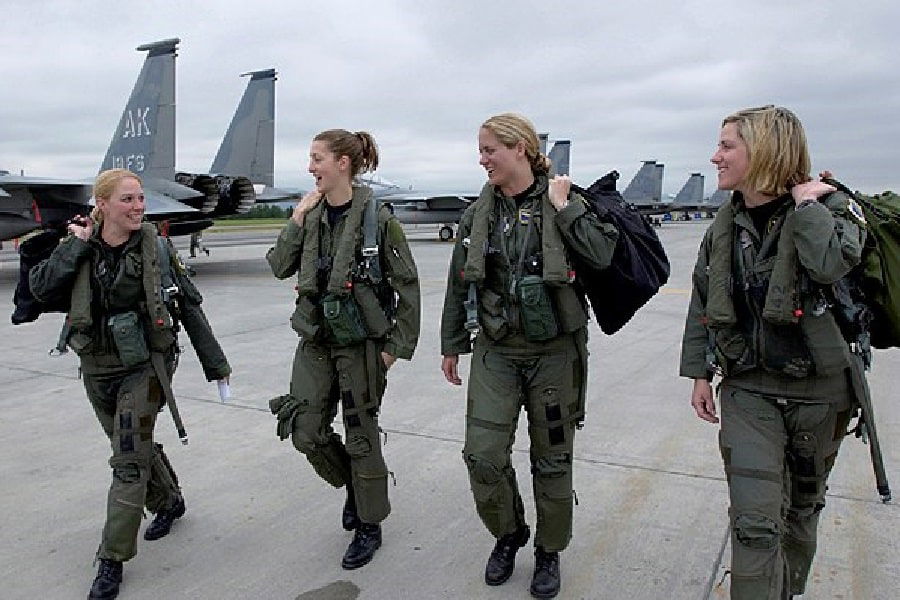
An Unfriendly Training Environment
Once a woman does make the decision and decides to go in for flight training, she comes across her biggest challenge. Modern training environments are not at all friendly towards women working towards becoming a pilot. From the 1980s, the percentage of women going in for flight training is about 10 to 11 percent. But the percentage of actual pilots is much lower than that. Where does this disparity come from?
Many female students simply do not finish their training or do not apply for an advanced pilot license. This is because the training environment itself is so hostile to women.
Outnumbered by the 90 percent male students and the almost inevitably male flight instructor, women find themselves unable to garner support from either side. Thus, many female students drop out of the training programs before they receive their licenses.
Less Error Margin
Leaving aside the challenges they face within their field, women airline pilots are sideyed even by ordinary people. Studies and data have shown that most people judge women as being less competent in the flight deck. Women have less room for error when they are piloting flights, just to defeat these baseless assumptions. Statistically, these responses seem to come from both men and women, whether they are pilots or non-pilots.